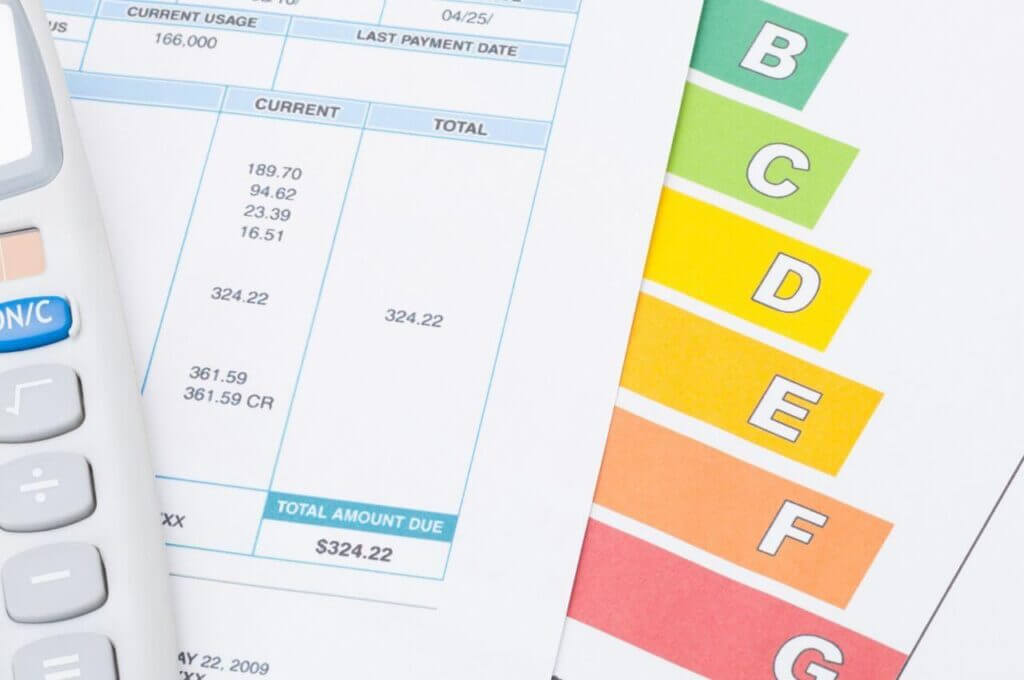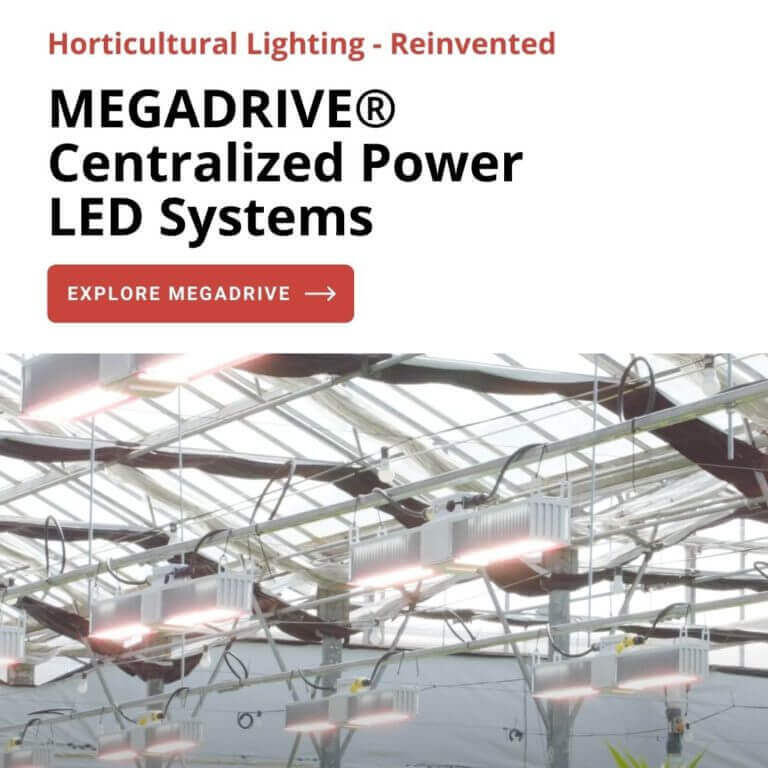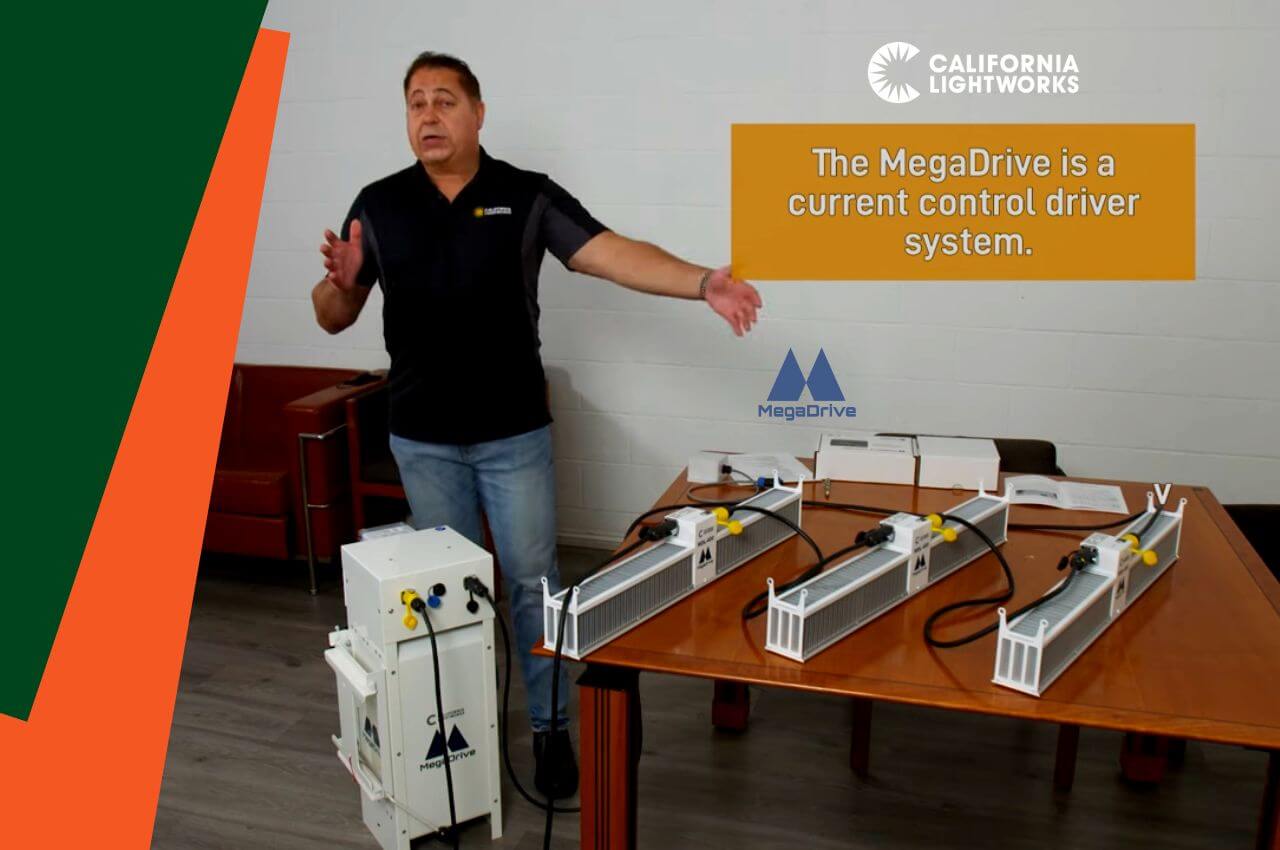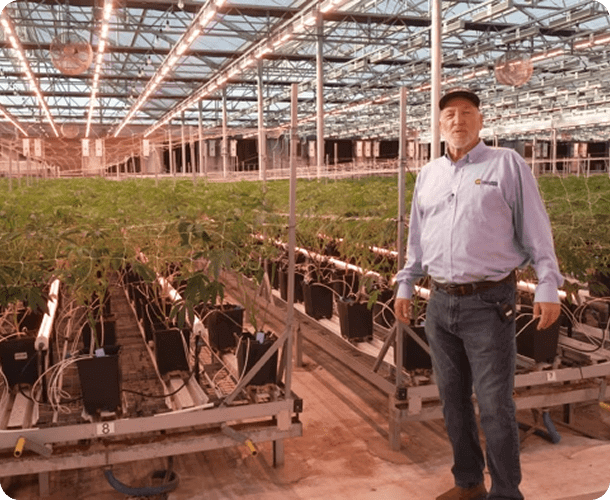A whopping 72% of growers place energy efficiency in lighting as a top priority in grow light purchasing decisions. That’s according to a recent report published by Cannabis Business Times. If you’re a grower, this is probably not a shock to you. The same study revealed that lighting accounts for more than 50% of energy costs for 26% of research participants. When you increase energy efficiency in lighting, you tackle one of your biggest expenses.
Here’s one more statistic: 72% of growers also listed light intensity as a major consideration when purchasing grow lights. While this is probably just as unsurprising to you as the quest for energy efficiency, this does present an immediate conflict.
How do you provide powerful light for your crops while pulling back on energy consumption?
One extremely simple answer is to choose high-efficiency LED grow lights. If you’ve been growing plants with MH and HPS lights, you stand to cut your lighting expenses in half just by switching to LEDs.
But there are additional practices you can adopt to continuously monitor and optimize your energy use. Here are some simple tips for improving energy efficiency in lighting.
Stop Measuring Light Quality in Watts
This old habit is dying hard.
For a long time, more watts meant higher light intensity. Cultivators who used HID bulbs developed lighting systems according to how many watts they needed to properly illuminate their grow facility.
But a watt is not a measurement of how many photons a lamp produces. It merely indicates how much power is needed to turn that lamp on. This may not have been an important distinction when there was a more direct correlation between watts and photons.
But times have changed. High quality LED grow lights produce the same light intensity as HPS and MH bulbs while consuming fewer watts.
So what number should growers look for? First, look for the PPFD metrics of a given unit. This number communicates the amount of PAR that will actually reach your plants.
Then, look for micromoles per joule. Micromoles tell you the amount of photons produced, while joules indicate the amount of energy consumed. High-pressure sodium lamps operate at 1.7 micromoles per joule. In contrast, quality LED lights run at an efficacy of up to 3.0 micromoles per joule.
In the modern market, the only reason to look at watts is to determine whether your current lighting system is using more energy than it needs to.
Monitor Light Levels for Energy Efficiency in Lighting
Most commercial growers have a system in place for measuring light quality across the canopy.
If you don’t already, consider acquiring a quantum sensor. This device measures PPFD. Of course, you should already have access to PPFD specs from your lighting manufacturer. But what we’re talking about here is monitoring light quality over time and within your unique grow space.
Many cultivators use sensor measurements for light mapping. The process of light mapping involves measuring light at specific areas of your grow room to monitor uniformity and light intensity. This allows you to catch inconsistencies and make adjustments. Those adjustments could help you better manage energy efficiency in lighting.
For example, an overlap in light footprints could create a hotspot. If you can eliminate that hotspot by spreading out the lights and even eliminating extraneous lamps, you save energy.
Hanging heights also play a major role in PPFD. Proper hanging heights for HID bulbs are less adjustable due to their high heat output (you don’t want to burn your plants).
But you have more wiggle room with LED lights. And if you find that your canopy isn’t getting the amount of PAR it needs, a lower hanging height does the trick.
Of course, this would only result in energy cost savings if you can lower the light and reduce intensity. But efficiency isn’t just about using less; it’s about eliminating waste. If your lights are too high, you might be wasting perfectly usable photons as light intensity depreciates when light escapes off the sides of the canopy.
Keep Grow Lights Cool
You may already know that LED grow lights emit almost no heat. This is another reason LEDs are the top choice for energy efficiency in lighting. Less heat radiation means less need for supplemental cooling—another major energy expense.
However, a lesser known detail is that high heat can limit efficiency and reduce the lifespan of a luminaire.
The best LED grow lights come with features to prevent overheating within the fixture. We designed our SolarSystem series with user replaceable fans and a housing that promotes heat dissipation. These features help us achieve the expected 100,000-hour lifespan for this unit.
Beyond light selection, you can help promote energy efficiency in lighting by maintaining a safe temperature for your lamps. Keep the thermal junction temperature of an LED light below 100 degrees, and you’ll get the biggest bang for your energy bucks.
Keep Up with Innovations to Improve Energy Efficiency in Lighting
Finally, stay informed.
The science of cultivation shifts constantly. We are always making new discoveries about what plants need. New findings allow manufacturers like us to engineer lights that don’t waste a watt on photons your crop doesn’t care about. This information also guides you through decisions about which type of grow light to purchase and how to program your light spectrum.
Technology is also advancing at a faster-than-ever rate. We’ve met a lot of growers who have taken years to get onboard the movement toward LED lighting. Why?
Because they were still working with old information. They didn’t realize how much LED lights had advanced in efficiency, intensity, and overall function.
If you think it might be time to improve your energy efficiency by switching to LEDs, we recommend visiting California LightWorks. We use top shelf LEDs by industry leader Osram. Our SolarSystem series allows you to customize your light spectrum, so you can ensure your lamp only produces the light your crops need.
And we’re always here for you to answer questions and help you find the right lighting solutions. Don’t hesitate to reach out.





